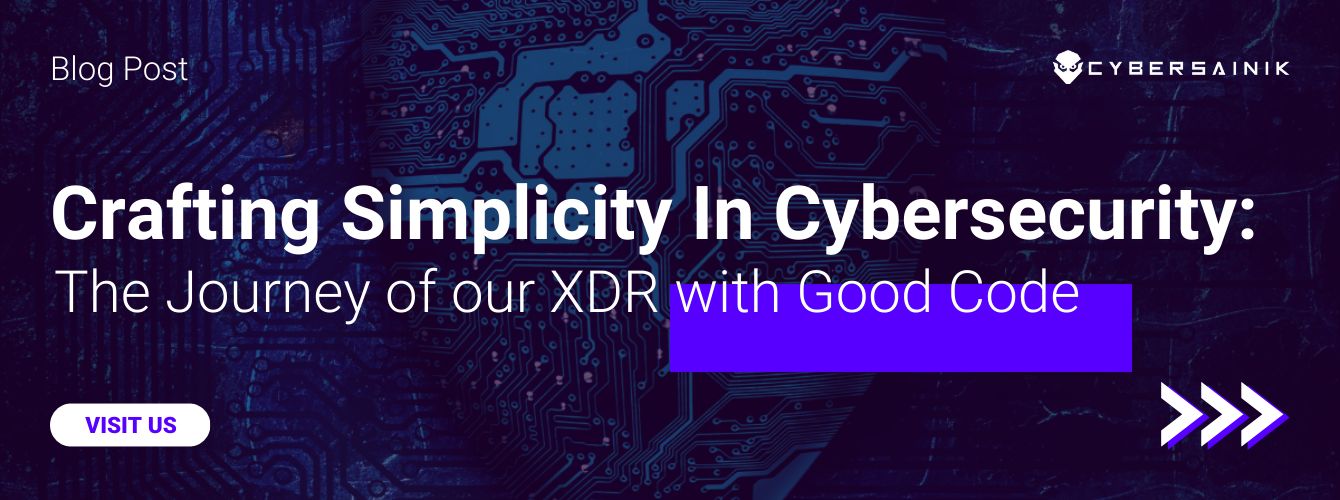Digital supply chains have become increasingly popular in recent years to manage the flow of goods and services. This business model relies on technology to track and manage inventory, orders, and shipments. While this can provide several benefits, such as increased efficiency and cost savings, it can pose several risks.
To mitigate the risks associated with digital supply chains, it is vital for businesses to have a clear understanding of their digital supply chain and to put in place robust management processes.
What Is a Supply Chain Attack?
A supply chain attack is a cyberattack that targets the computer networks of suppliers or vendors to compromise the security of products or services used by the organization.
A supply chain attack aims to gain access to sensitive data or systems within the organization, which can then be used to launch further attacks against the organization or its customers.
Supply chains are often targeted because they are typically less secure than traditional IT environments and provide an attacker with a greater opportunity to remain undetected. Additionally, many organizations need complete visibility into all aspects of their supply chains, making it difficult to identify malicious activity.
Supply Chain Attack Examples
While any organization can be a target for a supply chain attack, those in the technology, retail, and manufacturing industries are particularly vulnerable. Here are seven examples of recent high-profile supply chain attacks:
1. The Target Breach
In 2013, Target was the victim of a massive data breach that affected over 110 million customers. The breach resulted from a supply chain attack in which hackers gained access to Target’s network by compromising a third-party vendor. Once inside Target’s network, the hackers could steal customer credit and debit card information.
2. The Home Depot Breach
In 2014, Home Depot was the victim of a data breach that cost over $179 million to customers. Similar to the Target breach, the Home Depot breach resulted from a supply chain attack. In this case, hackers gained access to Home Depot’s network by compromising a third-party vendor. Once inside Home Depot’s network, the hackers were able to steal customer credit and debit card information.
3. The Sony Pictures Breach
In 2014, Sony Pictures was the victim of a data breach that affected over 100 million people. The attackers gained access to Sony Pictures’ network by compromising a third-party vendor. Once inside Sony Pictures’ network, the attackers could steal sensitive user data, such as passwords and email addresses. The attackers also stole unreleased movies and television shows from Sony Pictures and released them online.
4. The Yahoo Data Breaches
In 2013 and 2014, Yahoo was the victim of two separate data breaches that affected over 3 billion people in total. The first breach resulted from a supply chain attack in which hackers gained access to Yahoo’s network by compromising a third-party vendor. Once inside Yahoo’s network, the hackers were able to steal customer credit and debit card information as well as sensitive user data, such as passwords and email addresses
How to Prevent a Supply Chain Attack
1. Know Your Vendors
Knowing your vendors is the first step in preventing a supply chain attack. You should clearly understand who your vendors are, what they do, and where they are located. Additionally, you should vet your vendors carefully to ensure they are reputable and trustworthy.
2. Keep Your Software Up to Date
Another critical step in preventing a supply chain attack is to keep your software up to date. Supply chain attacks often exploit software vulnerabilities that need to be appropriately updated. By keeping your software up to date, you can help to reduce the risk of a supply chain attack.
3. Educate Your Employees
Educating your employees about supply chain attacks and how to prevent them is also vital. Your employees should be aware of the risks associated with supply chain attacks and the steps they can take to avoid them. Additionally, you should have procedures in place for employees to report suspicious activity.
4. Implement Security Controls
Another essential step in preventing a supply chain attack is implementing security controls throughout your organization. Implementing security controls includes firewalls, intrusion detection systems, and access control measures. By implementing these security controls, you can help to reduce the risk of a supply chain attack.
5. Conduct Vendor Audits
Conducting regular audits of your vendors can also help to prevent a supply chain attack. These audits can help you identify potential vulnerabilities in your vendor’s operation and correct them before attackers can exploit them.
6. Use Secure Communications
When communicating with your vendors, it is critical to use secure communications methods. This includes things like encrypted email and secure file transfer protocols. By using these secure communications methods, you can help to prevent attackers from intercepting your communications and gaining access to sensitive information.
7. Stay Up-to-Date on Threats
Staying up-to-date on the latest threats facing your organization is an important consideration. There are constantly new threats, and it is vital to be aware of them so you can take steps to protect yourself against them.
Get in Touch!
Supply chain attacks are a serious threat to organizations of all sizes. By taking steps to prevent these attacks, you can help to protect your organization from the potentially devastating consequences.
If you have any questions or want to learn more about supply chain attacks and how to prevent them, please contact the cybersecurity experts at Cyber Sainik for a free consultation.




